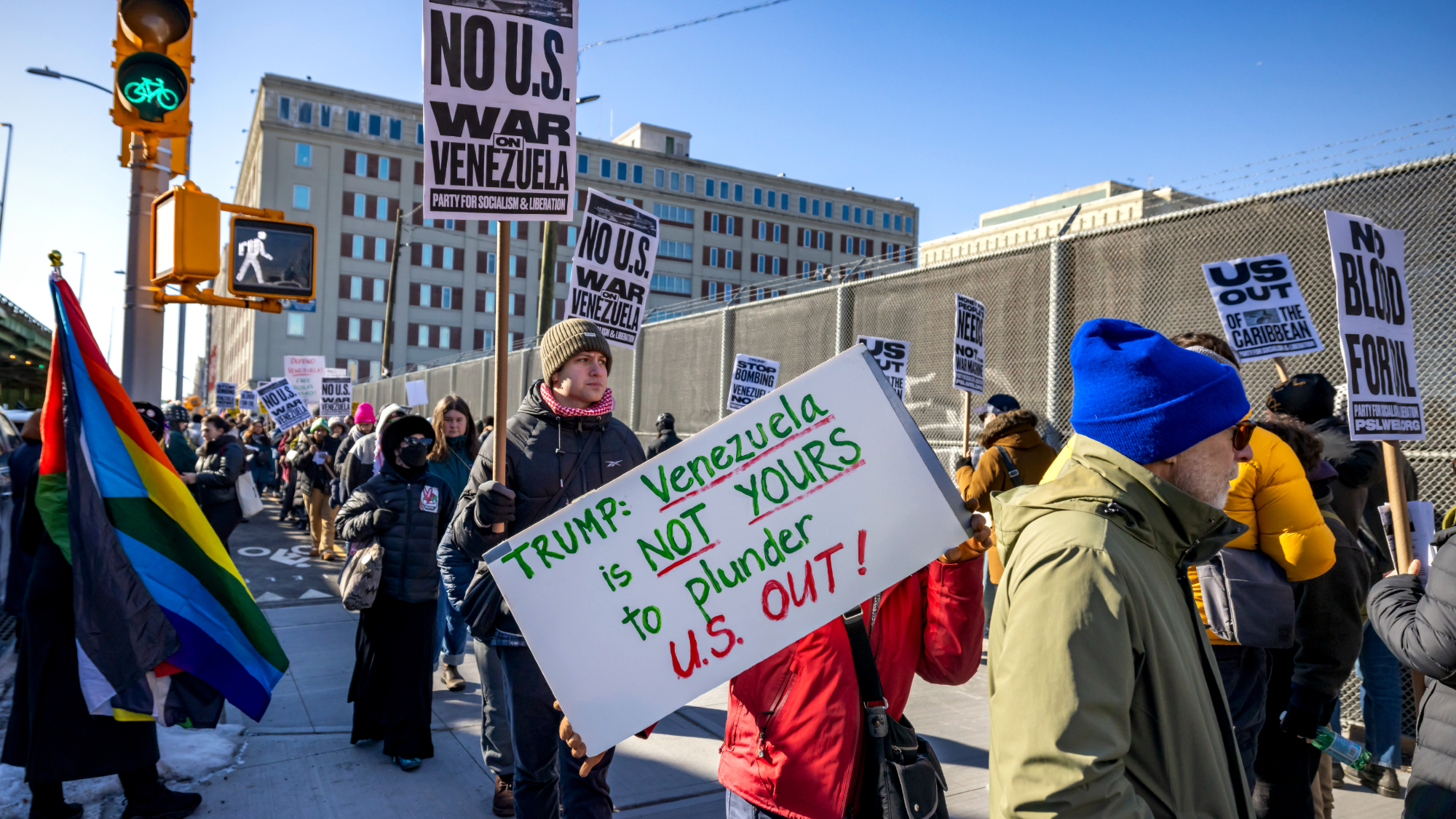The American middle class is doing better than you think
The middle class isn't America's biggest economic problem. Not even close.
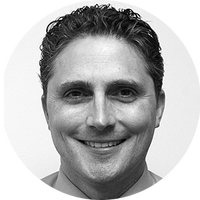
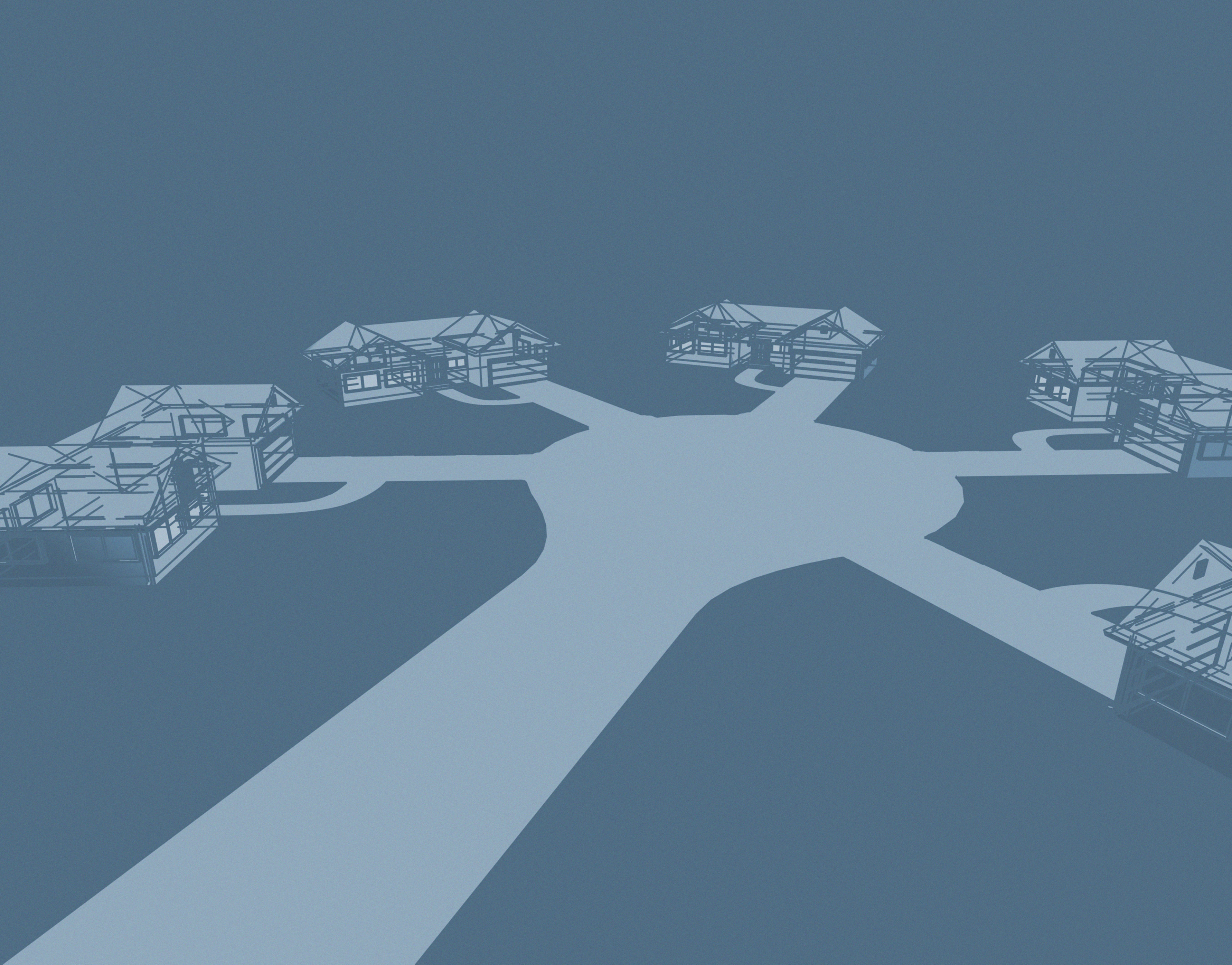
Pundits looking for easy, gift-wrapped explanations for the Age of Trump just got an early Christmas present.
A new blockbuster Pew Research report finds the American middle class is no longer the "nation's economic majority." There are now as many of us in the economic tiers above and below the middle. Plus, more national income, 49 percent, now goes to the upper class than goes to the middle class, at 43 percent. Back in 1970, 62 percent went to the middles, 29 percent to the uppers.
The conclusion is obvious, right? Goodbye to the American Dream of broadly shared prosperity. Bon voyage to our open and accepting civil society. And after decades of punishing economic decline, everyday Americans are finally letting out a primal scream through The Donald and his toxic anti-immigrant politics.
The Week
Escape your echo chamber. Get the facts behind the news, plus analysis from multiple perspectives.

Sign up for The Week's Free Newsletters
From our morning news briefing to a weekly Good News Newsletter, get the best of The Week delivered directly to your inbox.
From our morning news briefing to a weekly Good News Newsletter, get the best of The Week delivered directly to your inbox.
But maybe the "death of the middle class" conclusion isn't obvious at all. And perhaps there is more to the Donald Trump phenomenon. Yes, the modern left instinctively sees such studies as further confirmation that inequality is the nation's premier economic challenge. Much of the media agrees. The rich are gobbling up more and more of the economy's bounty, leaving less for everyone else. Case closed.
The Pew results are more complex and nuanced than that, however. One reason the middle class — say, three-person households making between $42,000 to $126,000 annually — share is declining is that the upper class is expanding. Back in 1971, 14 percent of households were upper class, and 61 percent were middle class. Today it's 21 percent upper, 50 percent middle.
What's more, as Pew notes, "Households in all income tiers experienced gains in income from 1970 to 2014." It's not that the rich got richer, and the poor poorer. It's more that some got richer faster than others. The median income of upper-income households rose 47 percent versus 34 percent for middle incomers and 28 percent for the lower-income households.
Finally, the study's authors note that some scholars dispute the income measures in the report. Pew uses data from the Census Bureau, which critics contend too narrowly measures income and uses the wrong measure of inflation. A recent survey of top economists found 70 percent agreed that Census data "substantially understate" middle-class progress. Indeed, Brookings scholar Gary Burtless doubts the median household is worse off since 2000, another claim Pew makes, although gains have slowed.
A free daily email with the biggest news stories of the day – and the best features from TheWeek.com
That's a key point. Inequality between 1 percent and 99 percent is actually lower today than it was was in 2000, with ups and downs in between. More dramatic is the downshift in economic growth. The U.S. economy has expanded only half as fast in the 15 years since 2000 as in the 15 years before that. Wage growth during this recovery is only half as fast as during the 1990s. And more than six years into the expansion, nearly two-thirds of Americans think the nation is on the wrong track. Those are recession numbers; by comparison, the average household doesn't seem so badly off.
Now, none of this is to downplay the particular economic strain on lower-income Americans, especially those without a college degree. There is evidence that real wages for male workers without college degrees have been stagnant or falling for decades. And those are Trump's biggest supporters. But the billionaire is competitive even among the better educated. When growth goes away or even recedes a bit, bad things happen to the American psyche. Now combine that with fears college is becoming more necessary and more unaffordable in a time of expanding automation. The emergence of Trump or some populist like him seems inevitable.
Of course folks on the right shouldn't dismiss concerns about America becoming a two-tiered society. And at some point the income gap probably does undermine our national cohesiveness, the feeling that "we're all in it together." For now, though, the greater challenge is boosting economic growth and American productivity to lift living standards more quickly. At the post-2000 growth rate, the economy doubles every 42 years. At its postwar average, it was every 21 years. More stagnation, means more anxiety, more dissatisfaction, and the Age of Trump continues.
James Pethokoukis is the DeWitt Wallace Fellow at the American Enterprise Institute where he runs the AEIdeas blog. He has also written for The New York Times, National Review, Commentary, The Weekly Standard, and other places.
-
 The pros and cons of noncompete agreements
The pros and cons of noncompete agreementsThe Explainer The FTC wants to ban companies from binding their employees with noncompete agreements. Who would this benefit, and who would it hurt?
-
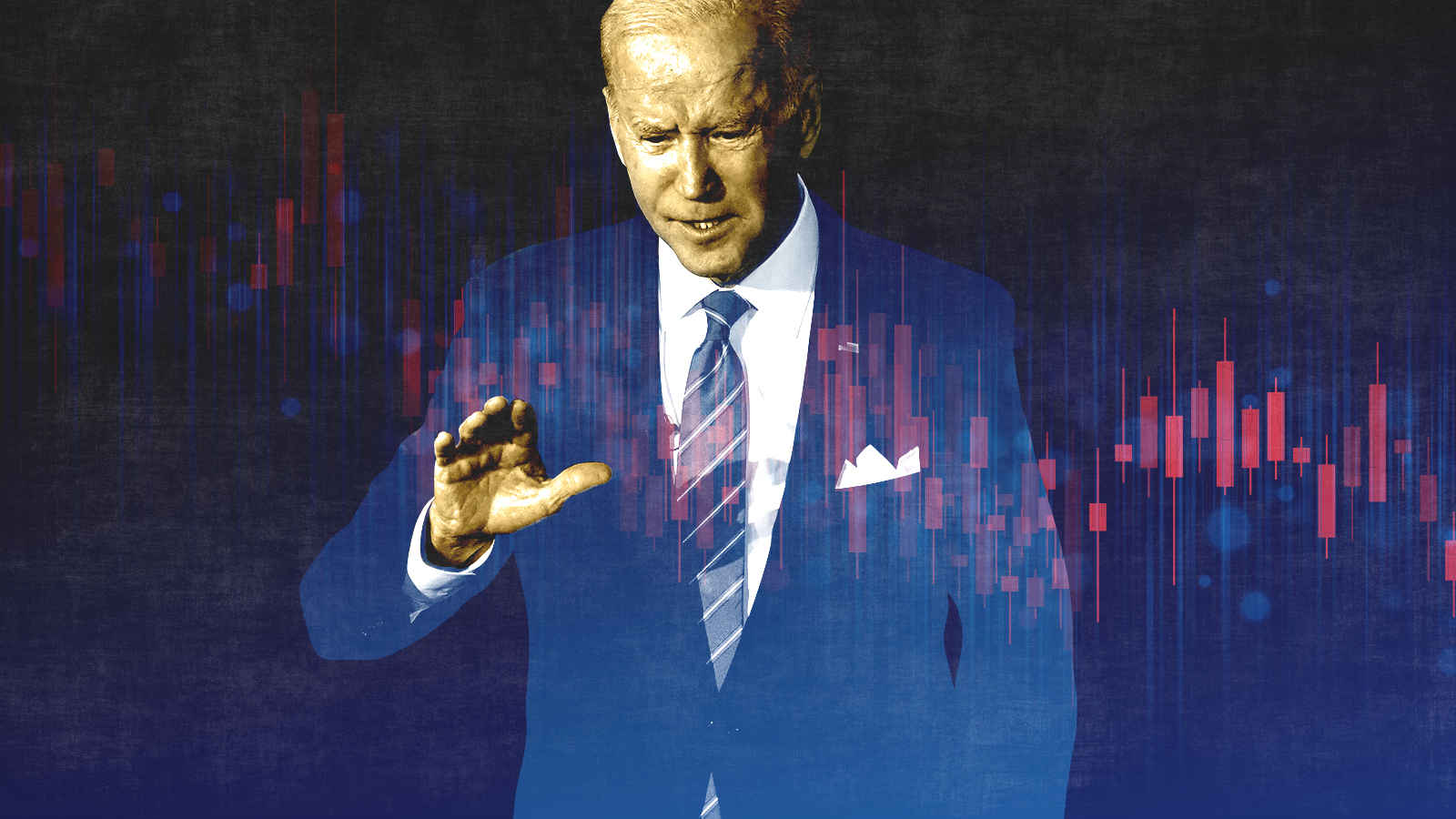 What experts are saying about the economy's surprise contraction
What experts are saying about the economy's surprise contractionThe Explainer The sharpest opinions on the debate from around the web
-
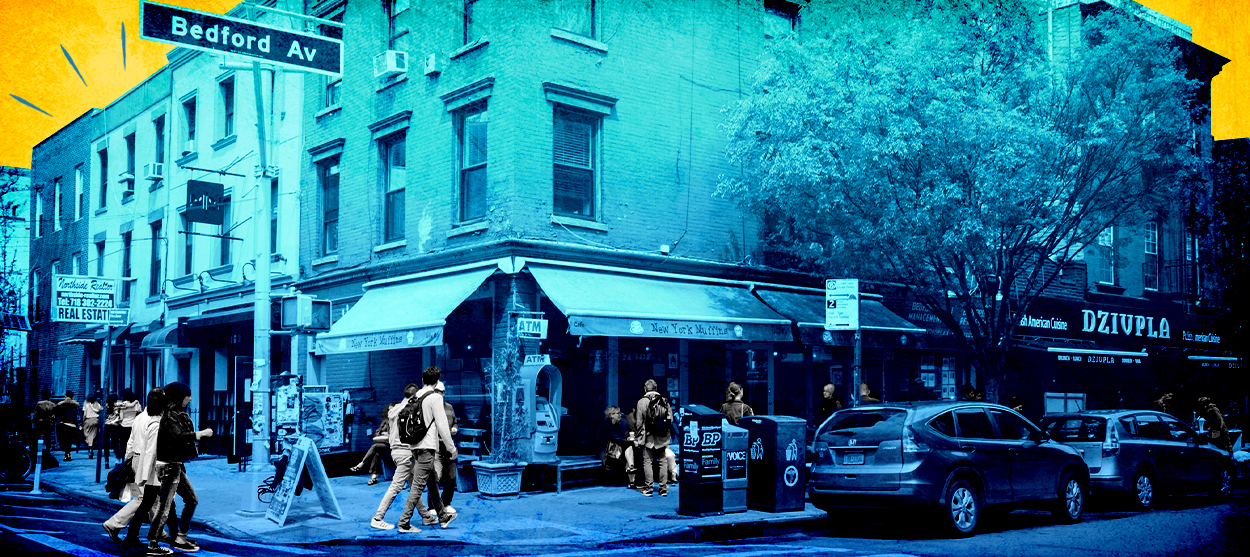 The death of cities was greatly exaggerated
The death of cities was greatly exaggeratedThe Explainer Why the pandemic predictions about urban flight were wrong
-
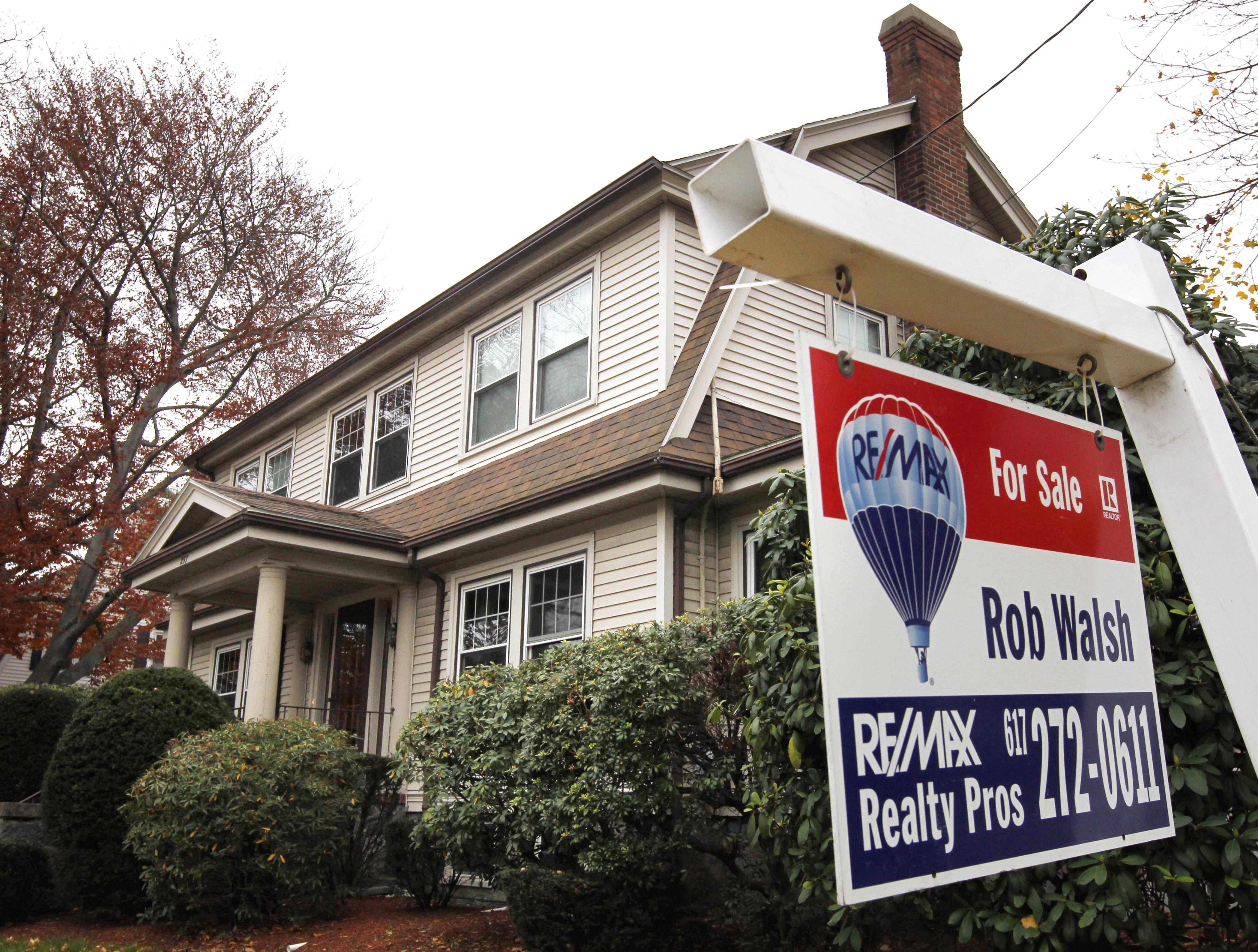 The housing crisis is here
The housing crisis is hereThe Explainer As the pandemic takes its toll, renters face eviction even as buyers are bidding higher
-
 How to be an ally to marginalized coworkers
How to be an ally to marginalized coworkersThe Explainer Show up for your colleagues by showing that you see them and their struggles
-
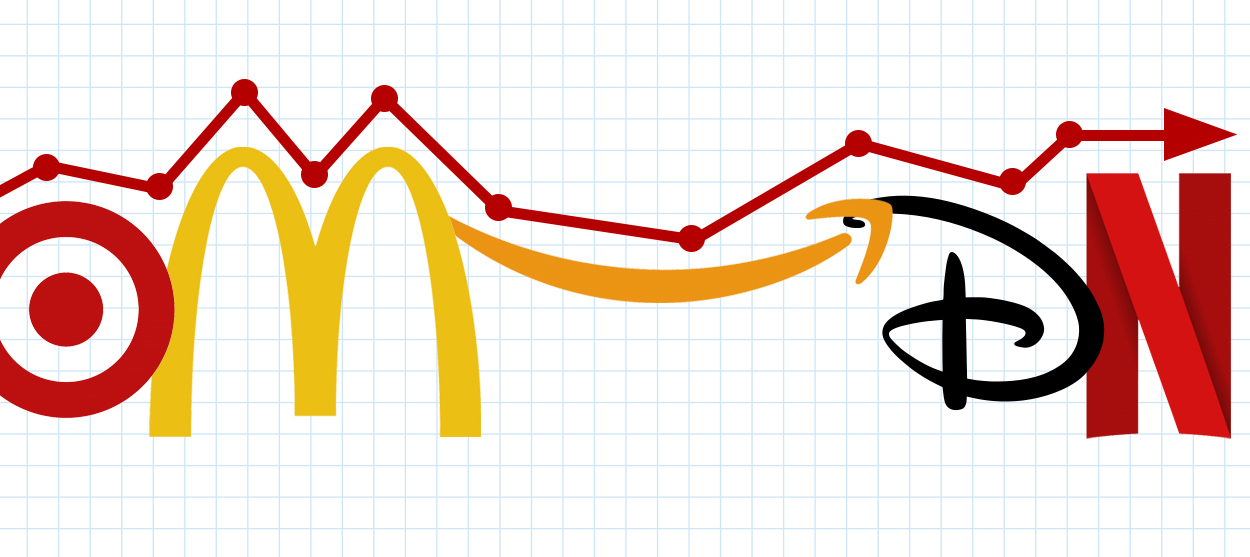 What the stock market knows
What the stock market knowsThe Explainer Publicly traded companies are going to wallop small businesses
-
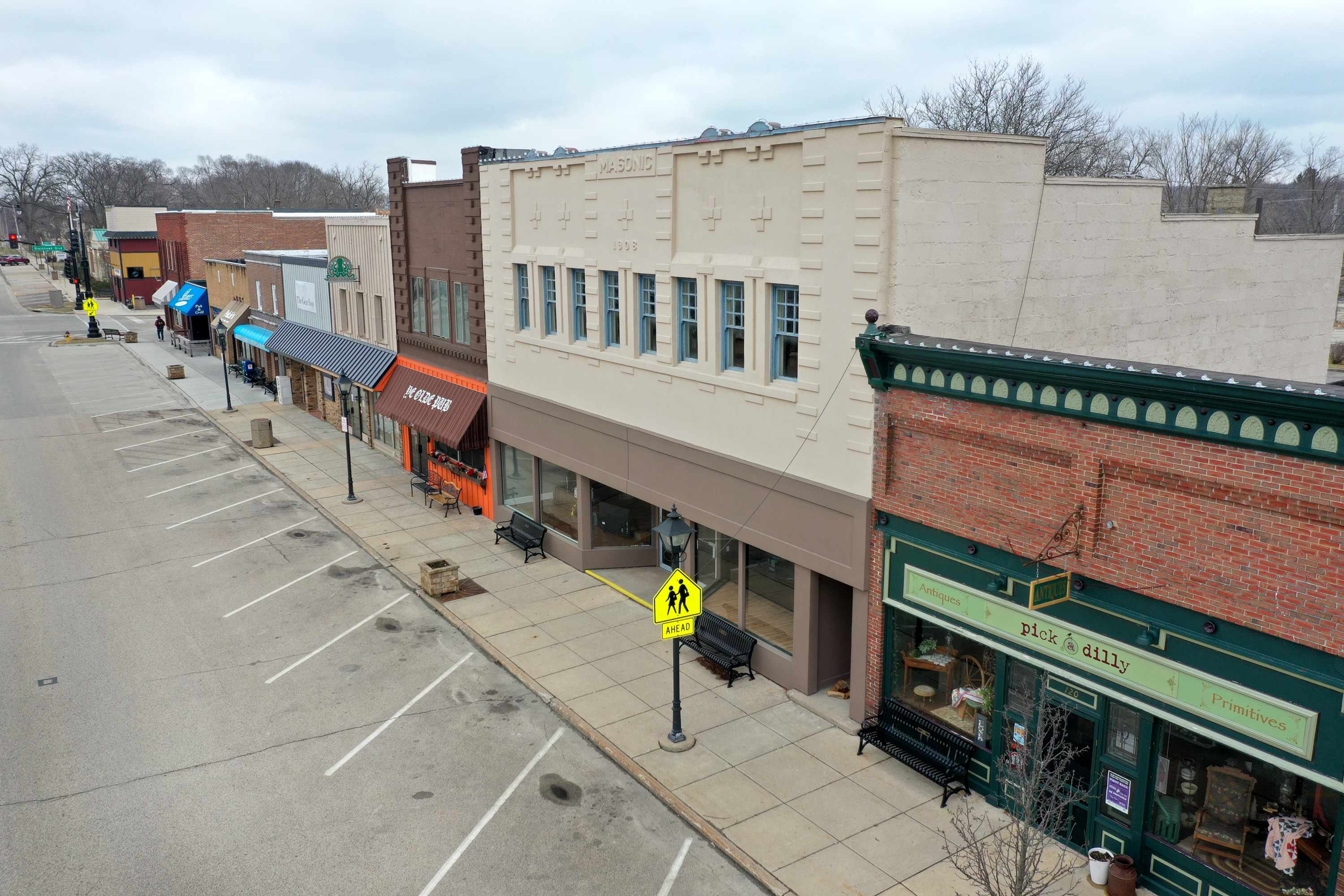 Can the government save small businesses?
Can the government save small businesses?The Explainer Many are fighting for a fair share of the coronavirus rescue package
-
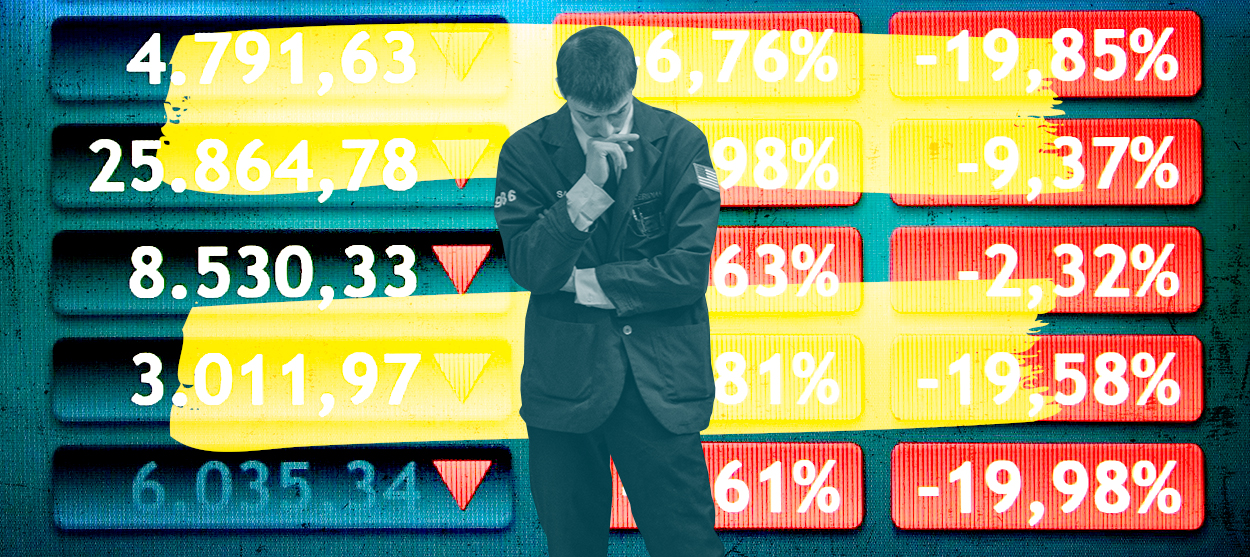 How the oil crash could turn into a much bigger economic shock
How the oil crash could turn into a much bigger economic shockThe Explainer This could be a huge problem for the entire economy


